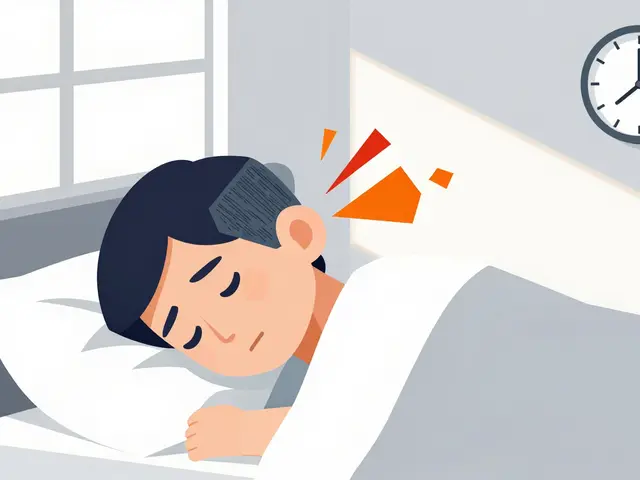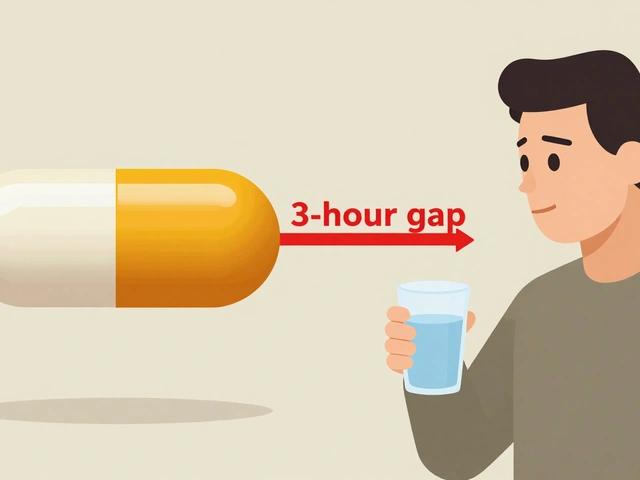Allopurinol: how it lowers uric acid and what you need to know
What if one pill could cut your gout attacks? Allopurinol does that by blocking xanthine oxidase, the enzyme that makes uric acid. It doesn’t stop pain right away — it lowers uric acid over weeks to months so you get fewer flares and less joint damage over time.
How to take allopurinol
Doctors usually start low and go slow. A common starting dose is 100 mg once daily, then increase every 2–4 weeks until your serum uric acid is below the target (often <6 mg/dL; stricter targets like <5 mg/dL apply to people with tophi). Many patients end up on 200–300 mg daily; some need up to 600–800 mg under supervision. If you have kidney problems, your clinician will lower the dose and monitor you more closely.
Expect results after a few weeks. Because lowering uric acid can trigger gout flares early on, doctors often give a short course of colchicine or an NSAID as flare prevention for the first 3–6 months. You can take allopurinol with food to reduce stomach upset. Don’t stop it suddenly if you feel a flare; stopping makes flares worse.
Warnings, interactions, and monitoring
Rash is the key safety issue. If you get any rash, stop the drug and contact your doctor right away — some rashes can be life-threatening. People of certain ethnic backgrounds (some Han Chinese, Thai, Korean) have a higher risk of a severe reaction linked to HLA-B*5801; testing may be recommended before starting in those groups.
Allopurinol interacts with important drugs. It raises levels and toxicity risk for azathioprine and mercaptopurine — those combinations need dose changes or alternatives. Tell your provider about all medicines you take, including over-the-counter drugs and supplements.
Before and during treatment your doctor will check blood tests: serum uric acid to guide dosing, kidney function, and sometimes liver tests. After dose changes, a check within a few weeks helps ensure you’re on the right dose. If you’re pregnant or planning pregnancy, talk to your clinician about options — allopurinol is not usually the first choice in pregnancy.
Practical tips: keep a record of your uric acid numbers, take the pill at the same time each day, cut down on alcohol and very high-purine foods (like organ meats and some seafood), and wear comfortable shoes if you have gout in the feet. If you're buying medication online, use a licensed pharmacy and a prescription — fake or low-quality products can be dangerous.
Allopurinol is one of the most used long-term treatments for high uric acid. Used correctly, it prevents flares and protects joints. Talk honestly with your doctor about risks, check labs as advised, and stick with the plan even if you still have a flare early on—most of the benefit shows up with time.
I recently came across some incredible success stories of gout patients who have found relief through the use of Allopurinol. These real-life experiences truly showcase the effectiveness of this medication in managing gout symptoms and preventing flare-ups. It has been amazing to see how these individuals have regained control over their lives and are now able to enjoy their daily activities without the constant worry of gout attacks. Their inspiring stories have motivated me to share this information with others who may be struggling with gout. I hope this serves as a reminder that there is hope and effective treatment available to help manage this condition.
Continue reading...






